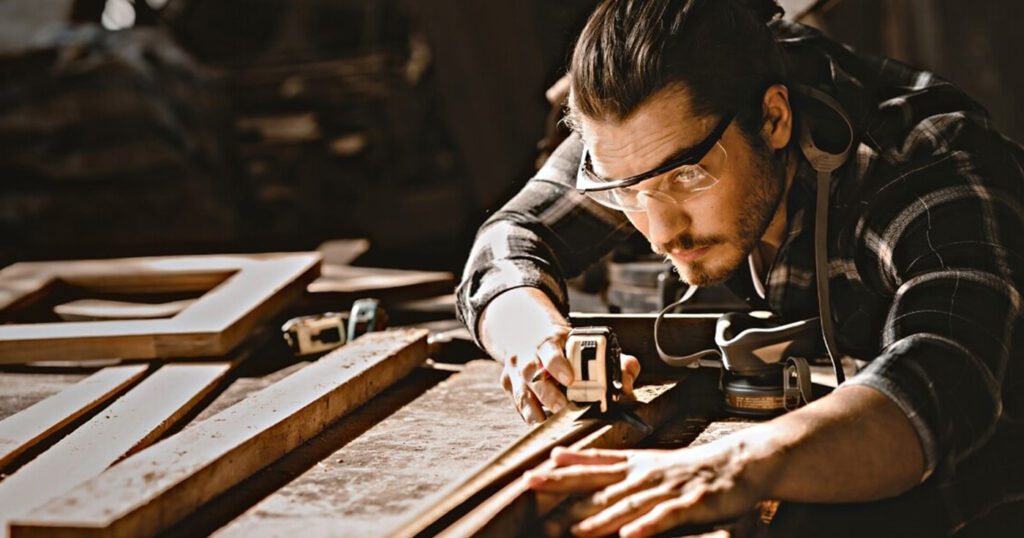In an era dominated by mass production and automation, the art of crafting quality furniture retains a timeless allure. It’s a process that embodies not just the functionality of seating but also the expression of craftsmanship, design, and heritage. This article delves into the meticulous process behind crafting high-quality furniture, emphasizing the skills, dedication, and artistry involved.
The Journey Begins with Design
Every piece of quality furniture starts with a design concept. It’s where functionality meets creativity. Designers must consider various factors: aesthetic appeal, structural integrity, material compatibility, and consumer comfort. This stage often involves sketches, 3D models, and prototypes, ensuring every curve, angle, and joint is not only visually appealing but durable and practical.
Selecting the Right Materials
The choice of materials is pivotal in furniture making. High-quality furniture relies on high-quality materials — this could be sustainably sourced wood, metals, and fabrics. Each material is chosen for its properties; for instance, hardwoods like oak and teak are prized for their durability and grain. Similarly, in upholstery, materials range from genuine leathers to engineered fabrics, chosen for their wear resistance and ease of maintenance.
Crafting with Precision
Once the design is finalized and materials are selected, the actual making process begins. This is where the craftsmen come in, skilled artisans who often have years of training under their belts. Using a combination of traditional hand tools and modern machinery, they cut, carve, assemble, and join the materials. Precision is key, as even a millimeter off can affect the assembly or the final look of the piece.
The Finishing Touches
Finishing is as important as any other step in the furniture-making process. It involves sanding, staining, and sealing the wood, which not only enhances the look but also protects the material. The finish chosen often depends on the desired aesthetic and the level of durability needed. For upholstered pieces, this stage also involves the careful cutting and stitching of fabrics, ensuring each seam is perfect.
Quality Control
Quality control is rigorous in furniture manufacturing. Each piece is inspected for defects, stability, and finish quality. This might involve stress tests, checking for unevenness, and ensuring the finish is uniform. Only after passing these stringent tests does a piece make it to the showroom floor or the customer’s home.
Educating the Consume
An informed consumer is a satisfied consumer. Part of crafting high-quality furniture is educating buyers about the care, maintenance, and the heritage of the craftsmanship involved. This not only helps in maintaining the furniture but also in appreciating the value of the work they have purchased.
Conclusion
The process of making high-quality furniture is an intricate dance of art and precision. It reflects a dedication to not just creating functional items but pieces of art that can be cherished for generations. In our company, each sofa, chair, or table is not just a piece of furniture, but a part of our history, ambition, and commitment to excellence.
